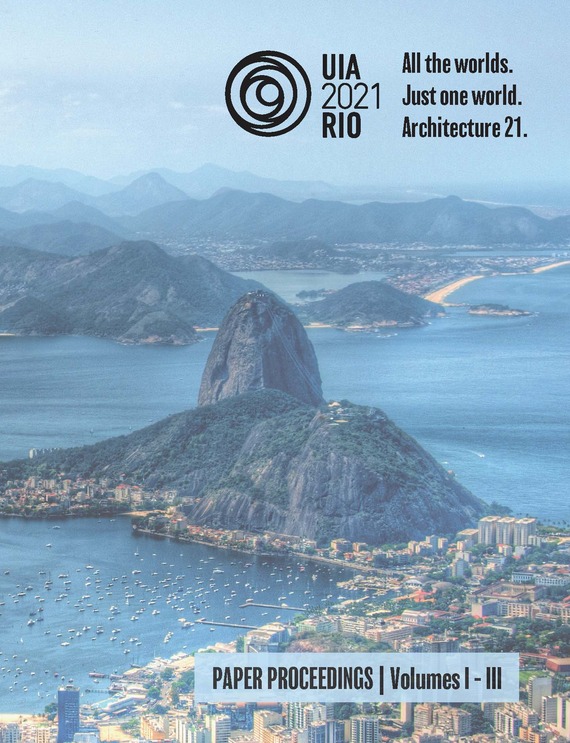Author(s): Mauro Calliari
As well as many other big cities in the developing World, São Paulo displays a profound inequality between citizens from the periphery and the central regions. One of the aspects of this inequality is in Walkabilty. While walking is the most used means of displacement in the city, pedestrians from peripheries are ‘invisible’ to public policies and face an array of problems and challenges. This article investigates existing data and displays a qualitative research to demonstrate that inhabitants of peripheries depend more on walking and have less mobility options than people from other regions. Perceptions reported by pedestrians show that not only are they obliged to walk longer distances for their daily commutes, but they also face a more challenging environment: lack of walking infrastructure, less educated drivers, less control from public organs, more fear of violence and, last but not least, a very uninteresting and insecure urban landscape. Part of this contrast has very strong roots in the History of São Paulo, when Public Policies failed to provide the booming peripheries with infrastructure, transit or access. Along with a very weak legislation, peripheries grew to become the concrete example of São Paulo´s inequalities. Poor Walkability is one aspect of these inequalities and it has consequences not only in the mobility of dwellers of peripheries but also in their ability to experience the city, meeting neighbors, shopping, walking to transit, and all the activities inherent to urban contemporary life.
Volume Editors
ISBN
978-1-944214-31-9

 Study Architecture
Study Architecture  ProPEL
ProPEL 
